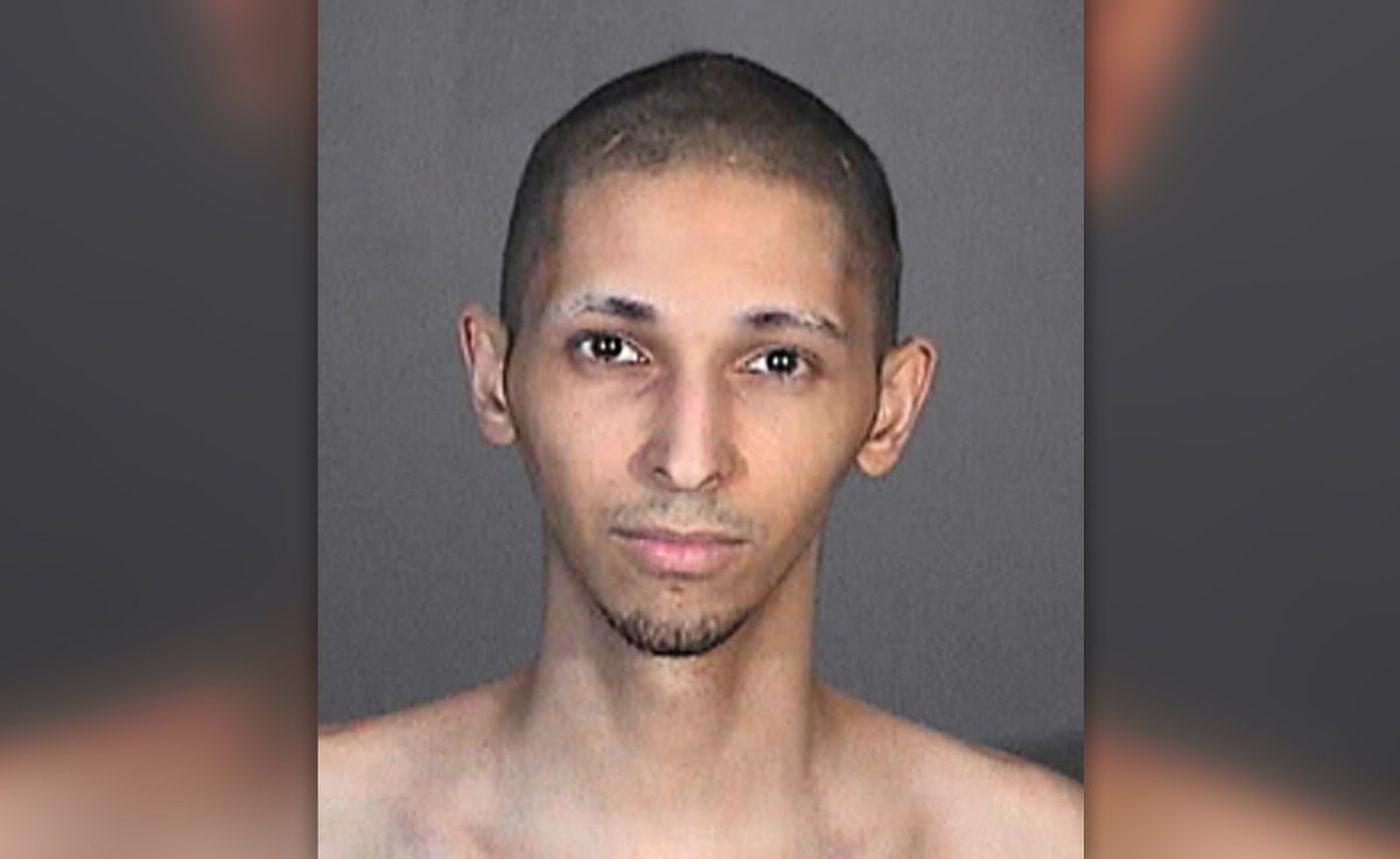WASHINGTON D.C.
A federal grand jury this week indicted Tyler Raj Barriss, 25, of Los Angeles, Calif. for a so-called “swatting” incident that led to the fatal shooting of a man by law enforcement, according to officials.
Barriss is charged with two counts of making hoax bomb threats.
In addition, he is accused of making a threat that resulted in the evacuation of a high-profile Federal Communications Commission hearing, and eight days later, making another threat to FBI headquarters, according to authorities.
Each of the federal charges in the District of Columbia carries statutory maximums of 10 years in prison and potential fines.
Barriss currently is jailed in Wichita, Kansas, where he faces state and federal charges for his role in a Dec. 28, 2017, “swatting” that led to a fatal shooting by law enforcement.
“Swatting” refers to a hoax intended to cause law enforcement to respond to a particular location.
The federal indictment in Kansas was unsealed on May 23, 2018, and charges Barriss with multiple counts stemming from hoax calls that ultimately led to the death of Andrew Finch.
The District of Columbia case involves two events that took place earlier in December 2017.
Barriss is accused in each of those events with one count of threatening and conveying false information concerning the use of an explosive.
The indictment was unsealed Thursday in federal court.
On Dec. 14, 2017, the FCC held a widely-reported hearing.
According to the evidence, Barriss made threats by phone that there were explosives in the building that were set to detonate. The FCC chairman halted the meeting, and the building was evacuated.
No explosives were in the building, and the bomb threats were a hoax, officials stated.
Also, according to the government’s evidence, on Dec. 22, 2017, after work hours, Barriss made similar threats by phone regarding explosives placed inside and outside of the J. Edgar Hoover Building, the headquarters of the FBI.
Law enforcement responding to the threat ultimately determined that Barriss’s threats were again a hoax.
The defendant is presumed innocent unless proven guilty.

